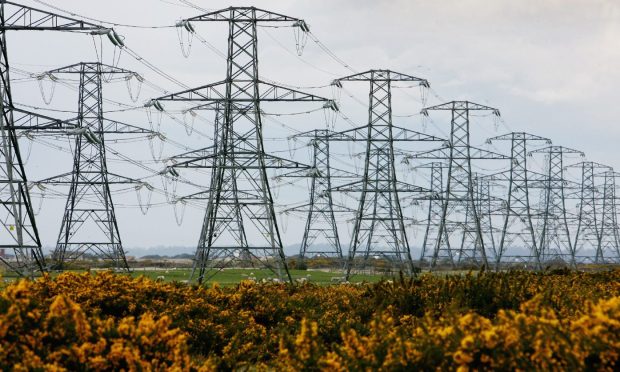National Grid reforms are creating “transformative” opportunities for landowners throughout Scotland, according to a firm of rural consultants.
But Davidson and Robertson (D&R) also warned they may have a “potentially serious” impact.
They are being introduced as part of a revamped grid connection scheme.
And it is hoped they will unclog the power network access process as Scotland takes advantage of her renewable energy assets and makes further progress towards net-zero.
Tackling the ‘zombies’
The reforms are driven by a need to tackle the scourge of “zombie” projects” – renewable energy developments that have secured grid connections but show little sign of advancing towards construction.
With a current backlog of about 800 gigawatts-worth of projects awaiting grid connections, it is hoped the changes will unblock severe congestion in the system.
The new regime will prioritise projects that are ready to start contributing to the nation’s energy supply.
Huge leap for Scottish renewables
This is all happening against the background of a huge leap forward in Scotland’s renewables capability.
Massive wind farms are taking shape offshore as part of the energy transition.
Onshore, there is no shortage of proposals for new wind, solar and battery projects.
Meanwhile, alternative power sources are driving up demand for new transmission cables, pylons and other infrastructure.
These circumstances are creating a wealth of new opportunities for landowners across the country.
And those seeking to negotiate away development rights are being urged to seek professional advice before signing deals with energy developers.
Derek Bathgate, director and head of regions at D&R, said it is crucial for these landowners to learn about the new grid scheme – known as TMO4+ – and what it can deliver.
New system will favour ‘first ready’ projects
The changes being introduced will ensure only projects ready for immediate development are considered for connection, freeing up “capacity that can be reallocated to projects advancing towards construction”, he explained.
Mr Bathgate described the new policy as “first ready, first connected”.
He added: “Projects that are moving forward, that have got agreements in place with landowners to grant rights for the development will get advanced in this queue.
“Those that are not ready because they haven’t got agreements in place will go backwards, if not get pushed out of the queue.”
Farmers may be eligible for “fair” compensation for planned developments – for the loss of crops, for example, Mr Bathgate said.
The new system will require developers to continually demonstrate progress throughout the application process.
Those who fail to do so will be removed from the queue, allowing projects that are more likely to reach completion to move forward.
This shift is seen as essential to building a more efficient, secure and sustainable energy network, aligned with Scottish and UK-wide net-zero goals.
As developers rush to secure land rights early in the project development stage, landowners will likely find themselves in demand.
The National Grid reforms are due to go live in January 2025.
Landowners should start preparing now for potential approaches from developers, D&R said, adding the changes coming at the start of next year could be “transformative” for many.




Conversation